Wet bathroom floors are one of the most common places for slips and falls.
- Small kids running around?
- Elderly parents with mobility issues?
- Designing a public or commercial space?
In all cases, safe bathroom floor tiles are a must. But how do you balance beauty with safety? Is there such a thing as a non-slip tile that still looks good?
Yes, there is. Using slip-resistant bathroom floor tiles can help make bathrooms safer for everyone.
At Mosaicenter, our design experts collaborate with homeowners, builders, and interior designers on a daily basis. We are passionate about making bathrooms safer without compromising style.
30 Seconds Summary
- Slip-resistant bathroom flooring is evaluated against three key standards: DCOF (≥ 0.42 for wet areas), PEI (III+ for durability), and ADA guidelines. These standards ensure safety, particularly for children, the elderly, and users of public/commercial spaces.
- Choose porcelain for its water resistance and strength, ceramic for its style and budget, and textured natural stone or matte glass mosaics for added grip. Always go for matte or textured finishes as they are more slip-resistant.
- Smaller tiles (such as 2"x2") with more grout lines provide superior traction on sloped shower floors. Special textured tiles, such as tumbled stone, not only enhance safety but also add a design element.
Why Slippery Bathroom Floors Can Be Dangerous
Wet floors can cause people to slip and fall. This often occurs in bathrooms due to water on the floor. Slips and falls can harm anyone, but they are particularly hazardous for small children and older adults. Parents want to feel safe knowing their kids won’t fall in the bathroom. Older people also need safe floors so they can move around independently. When designing a public bathroom, such as one in a store or hotel, it is also crucial to adhere to safety regulations. Using safe bathroom flooring can help make these spaces safer for everyone.
Explore Mosaicenter’s full range of bathroom floor tiles built for beauty, comfort, and slip resistance.
What Makes a Tile Slip-Resistant?

The three most important things to understand are COF, PEI, and ADA standards.
What is the COF rating for tile?
COF stands for Coefficient of Friction. It tells us how slippery or safe a tile is. A tile with a high Coefficient of Friction is less slippery. A tile with a low Coefficient of Friction is more slippery.
There are two types of COF:
- Static COF (SCOF): This tells you how slippery the tile is before you start moving, like when you first step on it.
- Dynamic COF (DCOF): This indicates how slippery the tile is whenwalking. This is the type most experts use today.
What’s a safe number?
For showers and wet bathroom floors, DCOF should be 0.42 or higher according to the recommendation of the Tile Council of North America (TCNA). Always ask for the DCOF number when you buy bathroom tiles.
What Is PEI Rating?
PEI means Porcelain Enamel Institute. This number indicates the strength of a tile, not its slipperiness. Some tiles are soft and can scratch or break. Others are hard and can withstand a lot of use.
Here’s a quick guide:
- PEI I: For walls only, not safe for walking.
- PEI II: For light use, like guest bathrooms.
- PEI III: For normal bathrooms at home.
- PEI IV: For busy homes or small shops.
- PEI V: For very busy places, like malls or schools.
For most home bathrooms,thePEI rating for floor tile should bePEI III or higher.
What Are ADA Guidelines?
ADA stands for Americans with Disabilities Act. These are rules that help make bathrooms and other spaces safe for people with disabilities, seniors, and anyone with limited movement.
For a bathroom to be ADA-compliant, the floor must be stable, firm, and slip-resistant. This is very important in places like assisted living homes, public bathrooms, or senior care centers.
ADA-compliant tiles have a DCOF of 0.42 or more and meet today’s safety standards for wet floors. This helps stop slips and falls. It also protects the people who use the space and the building owners.
ADA rules also talk about the floor height. If the floor changes height, it must be smooth:
- Up to ¼ inch is okay.
- Up to ½ inch must have a gentle slope (like a bevel).
- Bigger changes need a ramp.
If you want your bathroom to be safe and ADA-compliant, ask for tiles with a DCOF of 0.42 or higher and no sharp height changes.
What Are the Best Tile Materials for Safety?

Not all tiles are safe when wet. Some tiles have better grip and help prevent slips and falls. Let’s look at the best tile for bathroom floors.
Porcelain: Strong and Safe
Porcelain is one of the best tile choices for bathroom floors.
- Very strong and long-lasting
- Does not absorb much water
- Works well in wet areas like showers and bathroom floors
- Comes in matte or textured finishes that help stop slipping
- Needs very little cleaning
Choose matte or textured porcelain for the best grip and safety.
Discover high-performance porcelain tiles at Mosaicenter, perfect for wet bathrooms and high-traffic areas.
Ceramic: Good and Budget-Friendly
Ceramic tiles are also a great choice if you want something safe and not too expensive.
- Water-resistant and easy to clean
- Available in many colors and patterns
- Easier to cut than porcelain, good for DIY
- Comes in matte or textured finishes for a better grip
Ceramic is perfect for family homes and guest bathrooms.
Shop Mosaicenter’s wide selection of ceramic tiles
Natural Stone: Looks Great, Needs Care
Natural stone like slate, travertine, or marble can be beautiful and slip-resistant, but only if used the right way.
- Pick textured or tumbled stone for a better grip
- Avoid polished marble or granite; they are slippery when wet
- Must be sealed during install and resealed every 6–12 months
Stone tiles are best if you want a luxury look, but always check for texture and sealing.
Glass Tiles: Safe in Small Spaces
Glass tiles look modern and shiny, and can also be safe.
- Best in mosaic style with many small tiles and lots of grout lines
- Grout lines add grip underfoot
- Choose matte or textured glass, not glossy
- Reflect light to make small bathrooms feel bigger
Use glass mosaics on accent areas or shower floors for both style and safety.
Matte vs Polished Tiles
Which are the best tiles for shower floors: matte or polished?
The best choice is matte.
- Matte tiles have a rougher surface, which gives your feet more grip.
- They help reduce slips and falls, even when the floor is wet.
- Textured or unglazed tiles also give extra friction and feel more secure underfoot.
Polished tiles look shiny and beautiful, but they can be very slippery when wet. These are better for walls or dry areas.
For a safe and stylish bathroom, choose from our matte finish tiles. They look great and help keep you and your family safe.
Small Tiles vs Large Tiles
Should you choose small or large tiles for the shower floor? For better safety, small tiles are the best choice.
Why are small tiles safer?
- Small tiles (like 2"x2", 3"x3", or 4"x4") have more grout lines.
- These grout lines act like the tread on a tire; they help stop slips.
- The extra grip is perfect for wet areas, especially in shower floors.
Why do small tiles work better in showers?
- Shower floors are not flat; they have a small slope to drain water.
- Small tiles can bend with the slope and fit the curves easily.
- Large tiles (like 12"x24") need to be cut a lot, and may not drain water well.
Best for families and seniors:
- Small tiles are great for kids, elderly people, or anyone needing extra safety.
- They are also a good fit for walk-in or barrier-free showers.
Want a safe and stylish option? Try 2"x2" mosaic tiles.
They look great, drain well, and help prevent slipping.
Special Textures Designed for Safety
Some tiles are made to be extra slip-resistant. They have a built-in texture you can feel with your hand.
These are great for:
- Shower floors
- Spa bathrooms
- Entry points near tubs
One beautiful and safe option is our Crema Marfil Marble 6"x6" Tumbled Tile.
This natural stone tile has a soft matte finish and tumbled texture that adds both charm and safety. Made from premium Spanish marble, it offers:
- A textured, slip-resistant surface
- Soft beige, ivory, and honey tones for a warm, rustic feel
- Ideal for shower walls, backsplashes, or bathroom floors
- Durable and water-resistant when sealed
It's 6"x6" size provides more grout lines for extra grip and can be installed in creative layouts, such as straight or diagonal patterns.
Explore our collection of floor tiles designed for safety and beauty.
Porcelain vs. Ceramic: Which Is Better for Bathroom Floors?

Both porcelain and ceramic tiles are great options. But each has its own strengths depending on where and how you plan to use it.
Porcelain: Best for Wet Zones
Porcelain tiles are denser, harder, and absorb less water. That makes them a smart choice for shower floors, wet rooms, and high-use bathrooms. They're also extremely durable and easy to clean.
Best for:
- Shower floors and walls
- Bathrooms with lots of water use
- Homes needing extra-durable flooring
Ceramic: Best for Style & Budget
Ceramic tiles are a bit softer and easier to cut, which is perfect for DIY installs or creative tile layouts. They come in tons of colors, styles, and patterns — often at a lower price point than porcelain.
Best for:
- Powder rooms or guest baths
- DIY-friendly projects
- Design-focused spaces with less water exposure
Let our design experts at Mosaicenter help you choose tiles that are both safe and stunning.
FAQs
Q: What is a good COF rating for a shower floor?
A: DCOF 0.42 or higher is the industry standard for wet floors. Smaller or more textured tiles are even safer.
Q: Small vs large tiles for slip resistance?
A: Small tiles (like 2x2) are better. They have more grout lines. These grout lines act like the tread on a tire; they help stop slips. The extra grip is perfect for wet areas, especially in shower floors
Q: How can I make my bathroom floor less slippery?
A: You can make your bathroom less slippery by
- Using bath mats
- Keeping it dry
- Applying an anti-slip coating (but it wears off)
- Choosing the right tile from the start
Q: Are matte or polished tiles better for bathroom floors?
A: Matte is better. Polished looks shiny, but it’s slick when wet.
Q: What is the best tile for an elderly bathroom?
A: The best tiles for elderly bathrooms are:
- Small matte tiles (2x2 or mosaics)
- DCOF 0.42 or higher
- Porcelain or textured ceramic
Q: What is the COF rating for tile?
A: COF is the measure of friction or grip. A DCOF of 0.42+ is good for wet areas.
Over to You
When you choose slip-resistant bathroom floor tiles, you are not just choosing safety; rather, you are also choosing comfort and peace of mind. When choosing tiles for your bathroom:
- Prioritize a DCOF rating of 0.42 or higher
- Use matte, textured, or small-format tiles
- Consider both COF and PEI for long-term performance. Transform your space with tiles from Mosaicenter. Explore our collection of slip-resistant bathroom floor tiles.
Schedule a free consultation with our tile specialists. We’ll help you every step of the way.
Halil I Oguz
At Mosaicenter's, Halil I Oguz brings a unique blend of strategic insight and creative flair to our digital experience. As our dedicated Content Strategist, he masterfully curates the online journey, allowing the inherent quality and design artistry of our premium tiles to truly shine.
From showcasing the intricate patterns of our mosaics to detailing the robust, scratch-resistant and water-resistant finishes of our porcelain and natural stone, Halil crafts content that is both informative and deeply engaging.
His work empowers Mosaicenter's clients to confidently select from our extensive range, helping them transform spaces with tiles that reflect both enduring style and practical excellence.


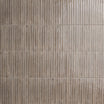
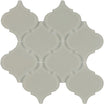

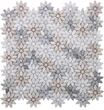
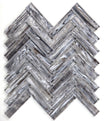
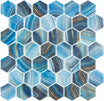
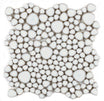
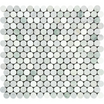

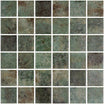

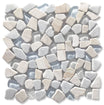
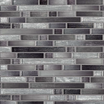
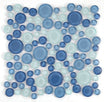
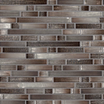






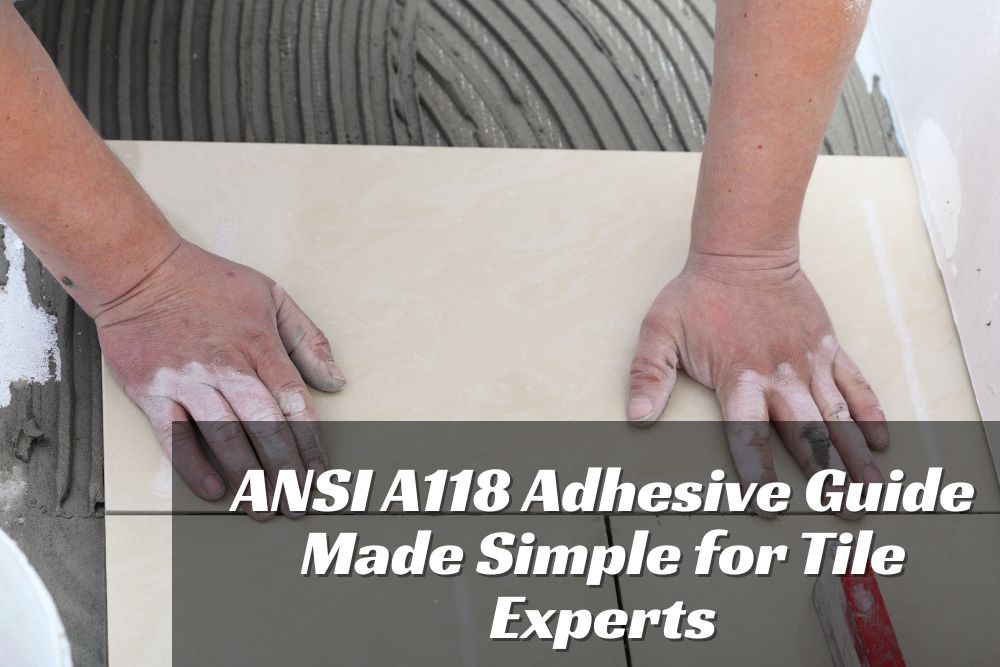
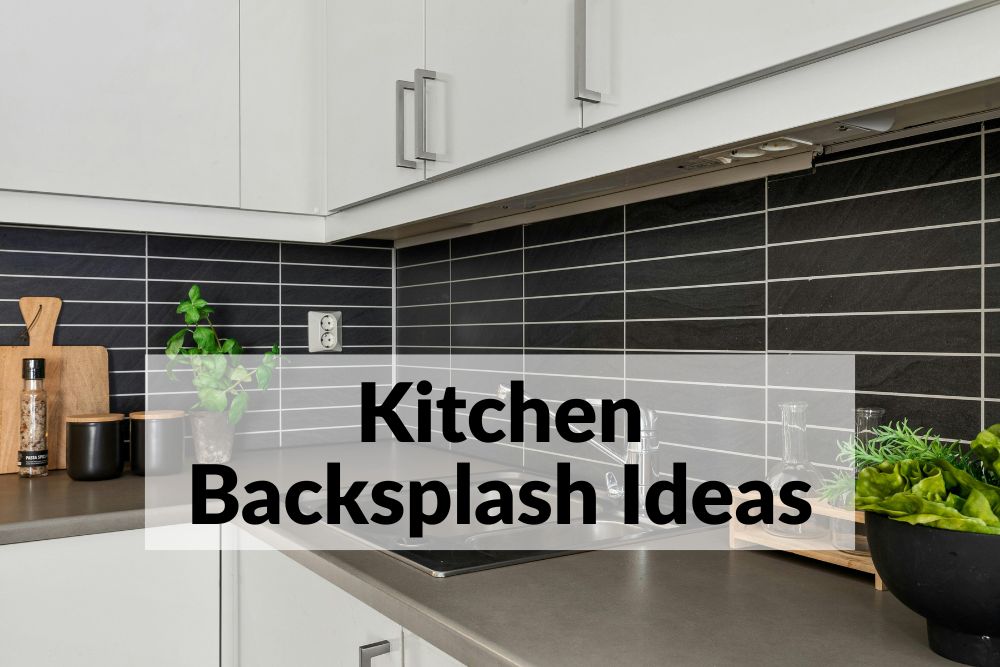
Leave a comment
This site is protected by hCaptcha and the hCaptcha Privacy Policy and Terms of Service apply.